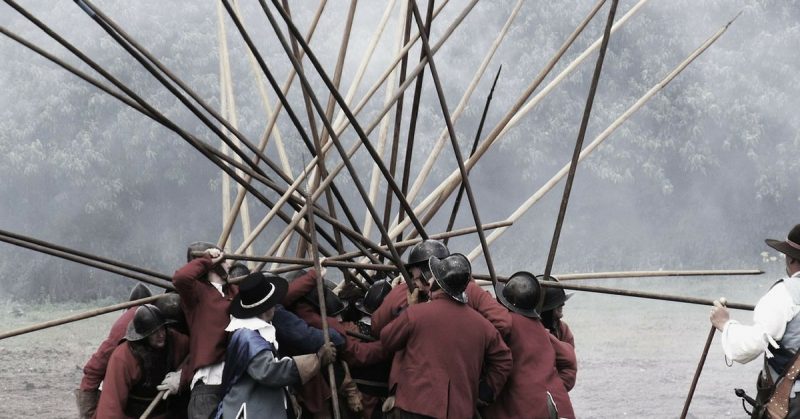The early years of the English Civil Wars did not always go well for the Parliamentary army. Royalist victories saw the forces of King Charles I take the vital port of Bristol and drive Parliament out of the south-west. Though their commanders defeated the royal army at Marston Moor in July 1644, Parliament still had not achieved the decisive success it sought. Two years of war had led to a stalemate, with much loss of life and property in the process. Something had to change.
In 1644, Parliament decided to reform its army. It had superior resources, and so it should be able to win. To do this, it had to use those resources effectively. And so the New Model Army was founded.
1. Separating War and Politics
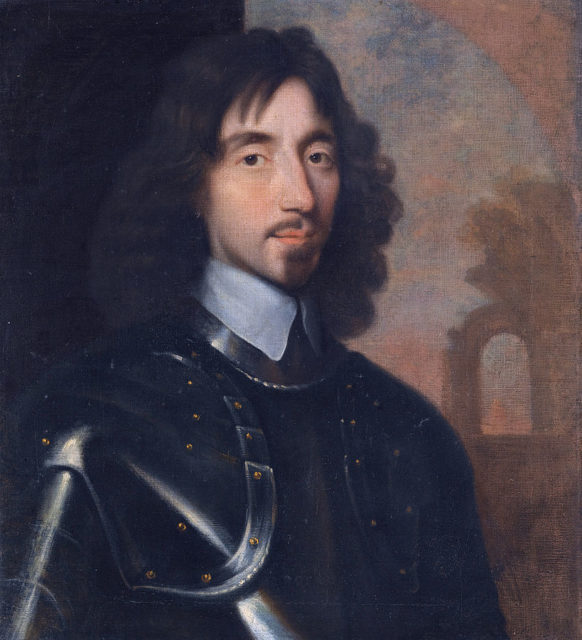
The foundation stone of the New Model Army was the Self-denying Ordinance, passed by Parliament in December 1644. Under this law, military commanders could not also serve in the Houses of Lords and Commons, the two chambers of the English Parliament. Until then, political and military authority had been combined. Now, men would have to choose.
The most militarily capable men chose the army, while those motivated more by political power stayed in government. By filtering out amateur soldiers, the Ordinance increased the level of professionalism among Parliament’s commanders.
One exception was made. Oliver Cromwell, the lowly squire who had become Parliament’s greatest cavalry commander, was allowed to remain both a general and an MP.
2. A Uniform Religious Platform
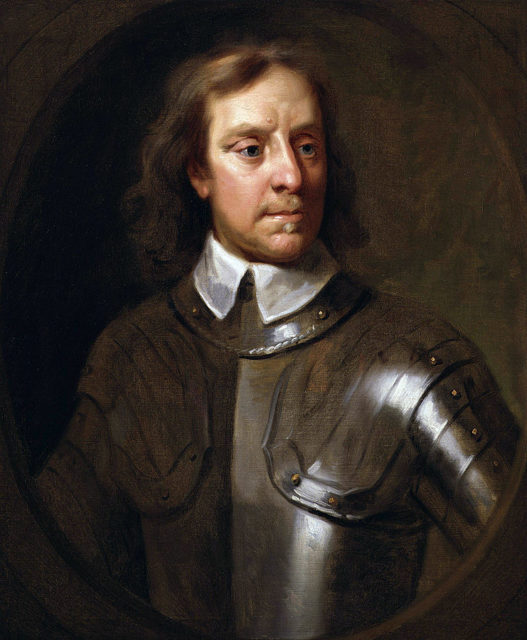
The causes of war were a complex mixture of religious, political and economic interests, which in 17th century England were fundamentally intertwined. Men fought for a range of reasons, and to differing ends. This was one of the problems that the Self-denying Ordinance helped to solve.
The religious makeup of the army was mixed. Some were Presbyterians, religious moderates inclined towards compromise if it would achieve peace. More fundamentalist Puritans such as Cromwell sought radical reform on the basis of religious principles and were firmer in pushing King Charles militarily. The Self-Denying Ordinance, along with subsequent purges, created an officer corps that mostly inclined towards Puritanism and a hard stance against the king, allowing them to present a united front and push the enemy hard.
3. Uniform Service
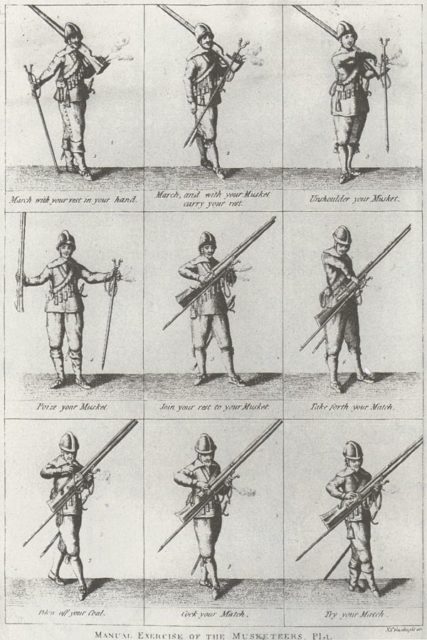
The fractured nature of the command was mirrored in the recruitment and organization of the army. Some units had been raised on the basis of traditional obligations, others as volunteer regiments responding to the needs of war. All saw their duties differently and answered to different systems of command. Some refused to serve outside of their home districts.
The New Model Army put an end to this. Locally organized militias were replaced with a professional army in which everyone served under the same terms and was obliged to go where Parliament commanded.
4. One Command
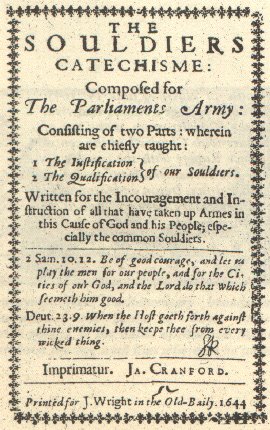
Command, like service, was unified. Where armies had previously answered to a haphazard network of local authority and voluntary call, all now answered to one command structure, which itself was ultimately answerable to Parliament. It was very clear who was in charge.
At the top of the military chain was Sir Thomas Fairfax, a veteran of continental wars and a commander every bit as capable as Cromwell. While Parliament gave him his objectives, it also gave him a free hand initially to pursue those aims as he saw fit. Parliament provided direction, Fairfax the skills and knowledge to see it through.
5. Promotion by Merit
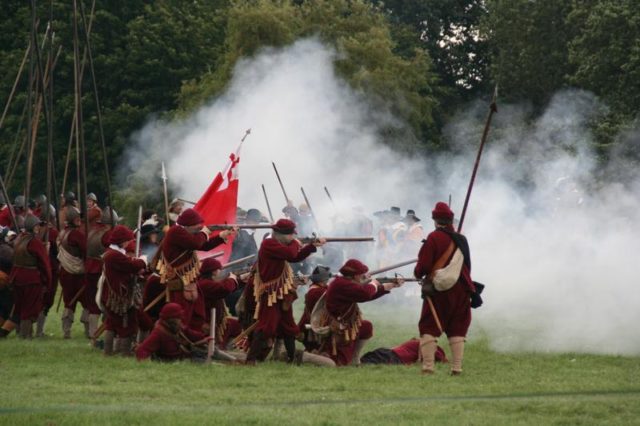
Promotion by merit is a given of modern armies, but it was far from the norm in 17th century England. Those men who had risen to positions of prominence through military skill had largely done so as mercenaries in Europe. The rest owed their positions to social status, political power and networks of patronage. As a result, the army was not always professionally run.
In the more egalitarian New Model Army, promotion by merit became the norm. While fighting a war, it was important that the most capable men were in charge, and with the more conservative aristocrats having sided with King Charles, Parliament had the freedom to make this change.
6. Equipment
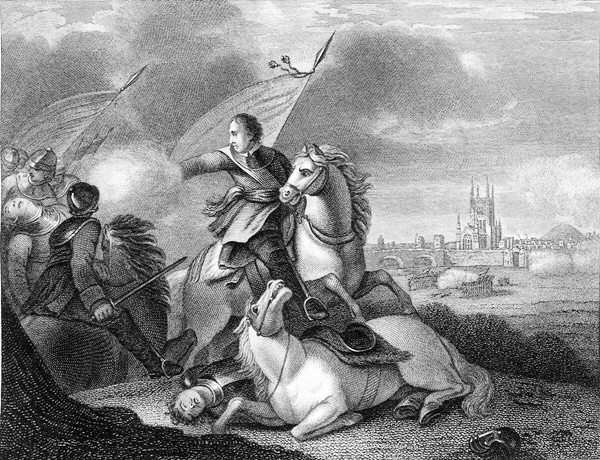
Central reorganization created the opportunity to re-equip the army, providing troops with up-to-date equipment. For the first time, infantry regiments were uniformly equipped and all given adequate weapons and armor for the job. This made them more reliable resources for commanders.
Alongside this, a single uniform of red jackets was introduced across the army – the first time in English history that an army had shared a single uniform, and a step that helped create an air of professionalism. Red was chosen because it was the cloth that could be mostly cheaply obtained in large enough quantities.
7. Cavalry Discipline
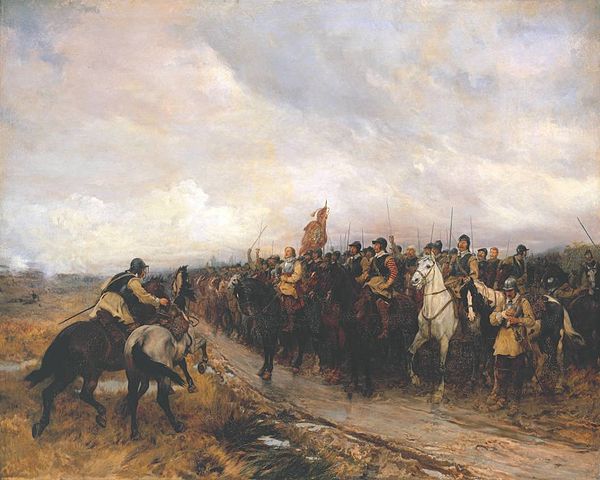
The cavalry were the elite strike force of all sides in the Civil Wars, and those of the New Model Army were the best of the best.
Cromwell, who commanded the cavalry, was passionate about discipline. While royalist cavalry tended to pursue fleeing enemies to prevent their return, Cromwell ordered his horsemen not to do this. Instead, they were to break an enemy formation, reform and be ready for their next target. This difference was a battle-winning one for Parliament.
8. Pay
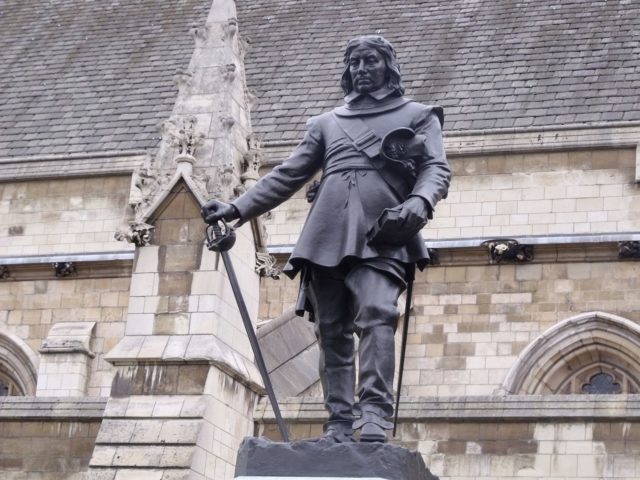
To go with their new status as professional warriors, the soldiers of the New Model Army were provided with regular pay. It was relatively generous by the standards of the time, and at first was paid promptly. This helped to reinforce the sense of discipline vital to the army and to maintain morale. Men knew that their pay was coming and that they could rely on their employers.
The eventual breakdown of regular pay contributed to the political conflicts that fractured the Parliamentary side. But as long as war raged, that pay helped to foster a better army, one that beat the royalist forces and briefly made England into a republic.
